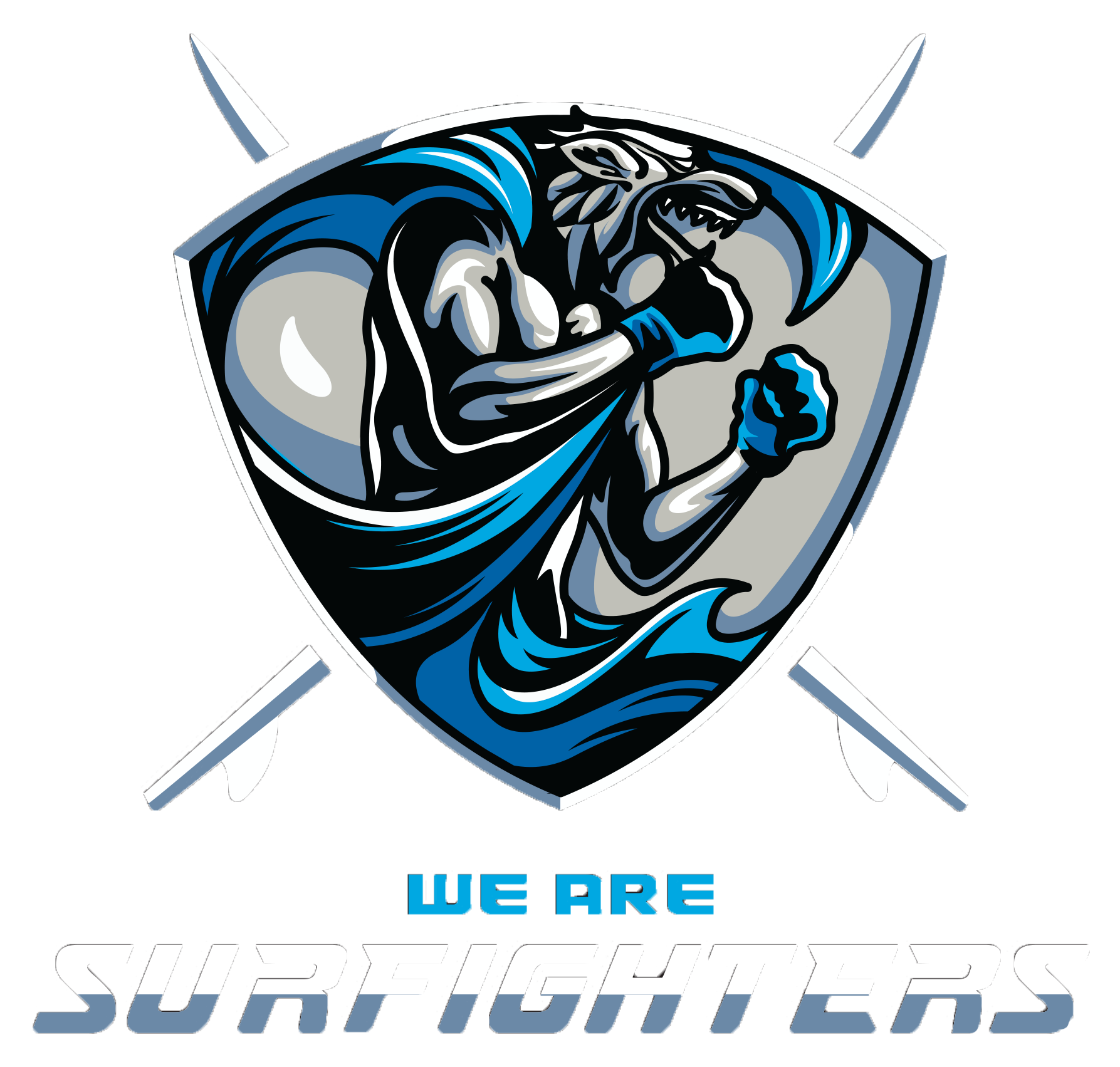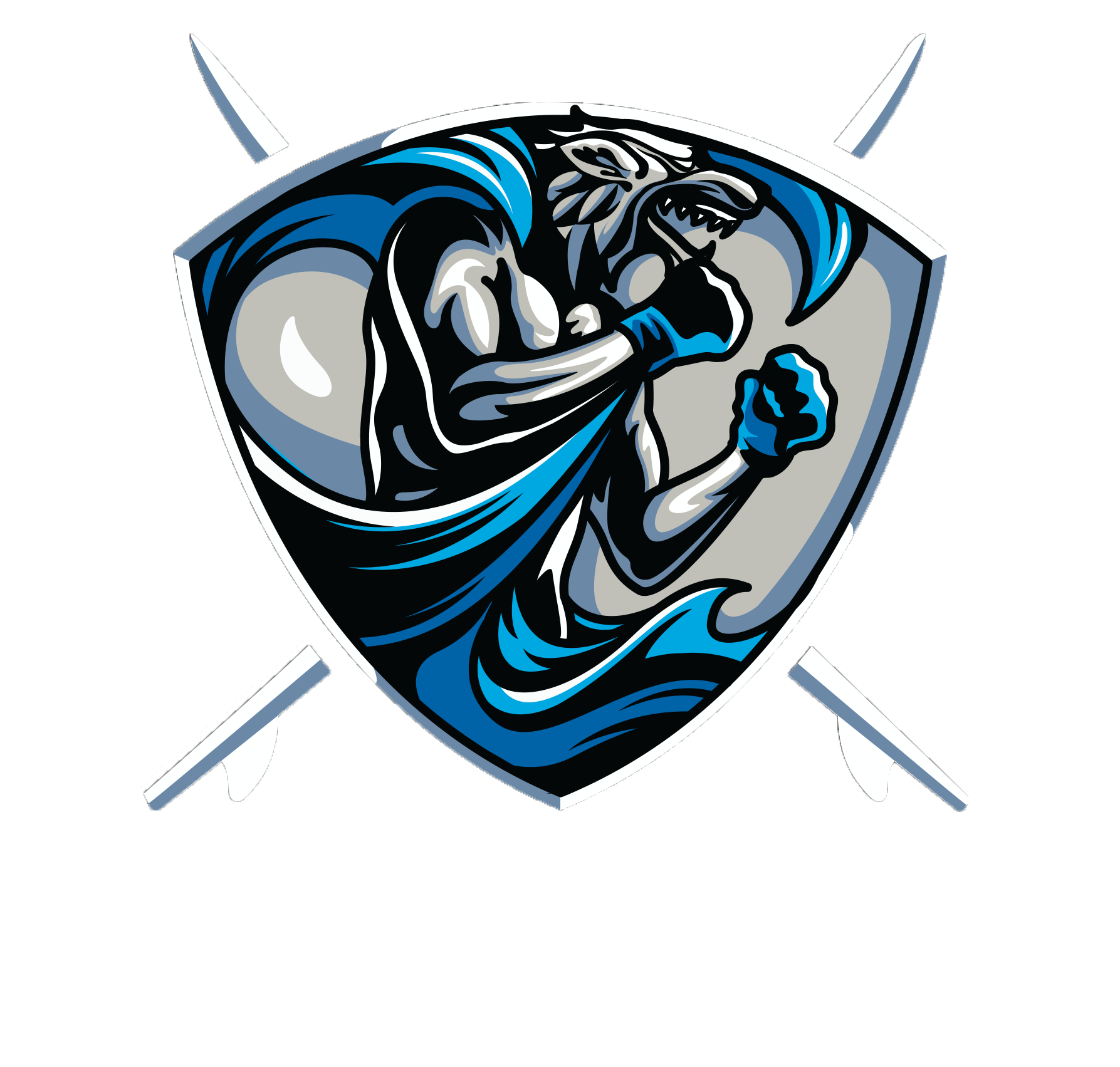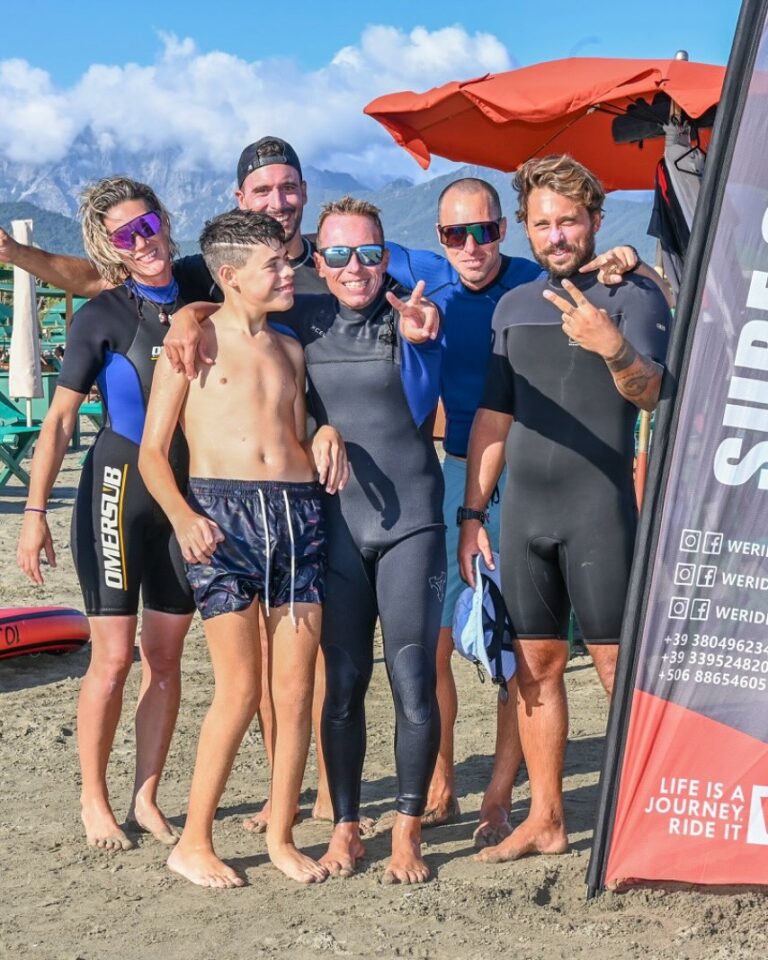Introduction
First time surfing? Whether you’re feeling curious or wildly excited, your first experience in the ocean can be either overwhelming or unforgettable—depending on how well you prepare.
This guide will walk you through the essential things to know before paddling out for the very first time. From understanding ocean safety to choosing the right board and managing expectations, these tips will help ensure your first surf session is both fun and rewarding.
Start by Observing the Ocean
Before even stepping into the water, take a few minutes to watch how the ocean behaves. One of the biggest mistakes beginners make during their first time surfing is jumping in without reading the conditions.
Look for:
How and where the waves are breaking
Any visible rip currents or dangerous zones
What experienced surfers are doing—where they paddle out, where they sit, and where they catch waves
The ocean is powerful and unpredictable. Observing helps you choose a safe entry point and gives you confidence before you begin. Learning to “read the sea” is a vital skill that all surfers—especially beginners—should develop.
Balance Is More Important Than Strength
It’s common to assume you need a lot of upper-body strength to surf. While paddling power is helpful, balance is what truly helps you stand up and ride.
To improve your balance before your first time surfing, try:
Using a balance board or BOSU ball
Practicing yoga or core-strengthening exercises
Walking barefoot on sand or uneven terrain to engage stabilizer muscles
The more you train your body to respond to instability, the easier it will be to pop up and stay standing on your board.
Choose the Right Surfboard for Beginners
One of the biggest barriers to success for first-time surfers is using the wrong board. Don’t go for what looks cool—go for what works.
For your first time surfing, pick a surfboard that:
Has a soft top (foam board) to reduce risk of injury
Is long and wide (typically 7 to 9 feet) for greater stability
Offers high volume to help you float and paddle more easily
Avoid shortboards or advanced fiberglass models. A beginner-friendly board helps you catch more waves and builds your confidence faster.
Falling Is Part of the Process
You’re going to fall—a lot. And that’s completely normal.
What sets successful beginners apart is their mindset. The goal isn’t to avoid falling; it’s to learn from every wipeout.
Helpful tips:
Stay loose and don’t panic
Laugh at your mistakes—they’re part of the fun
Reflect on each attempt to improve technique and timing
Remember: falling is not failing. It means you’re trying. Every fall is one step closer to standing.
Capture Your First Surf Moments
Ask a friend, instructor, or surf school to take photos or videos of your first session. Why?
You’ll see your posture and progress over time
You’ll create lasting memories
It helps keep you motivated to improve
This may be your first time surfing, but it won’t be your last. Recording the moment makes it even more special.
Trusted Tips and Local Help
While guides like this are great, nothing beats real-time advice from local surfers or certified instructors. Visit your nearby surf shop or school to ask:
When and where it’s safest to surf
What gear is best for local conditions
Tips on positioning and etiquette in the lineup
They’ll often provide insights specific to your location that can’t be found online.
Conclusion: Ready for Your First Time Surfing?
Your first wave might be wobbly. You might fall more than you stand. But with the right preparation, your first time surfing can spark a lifelong passion.
Remember to:
Observe the ocean before paddling out
Train your balance, not just your muscles
Use a soft, stable board made for beginners
Embrace falling as a valuable teacher
Document the moment and enjoy the journey
Are you ready to start your surfing adventure?
Download our free beginner checklist or book a lesson with a certified surf coach today. The waves are waiting!






